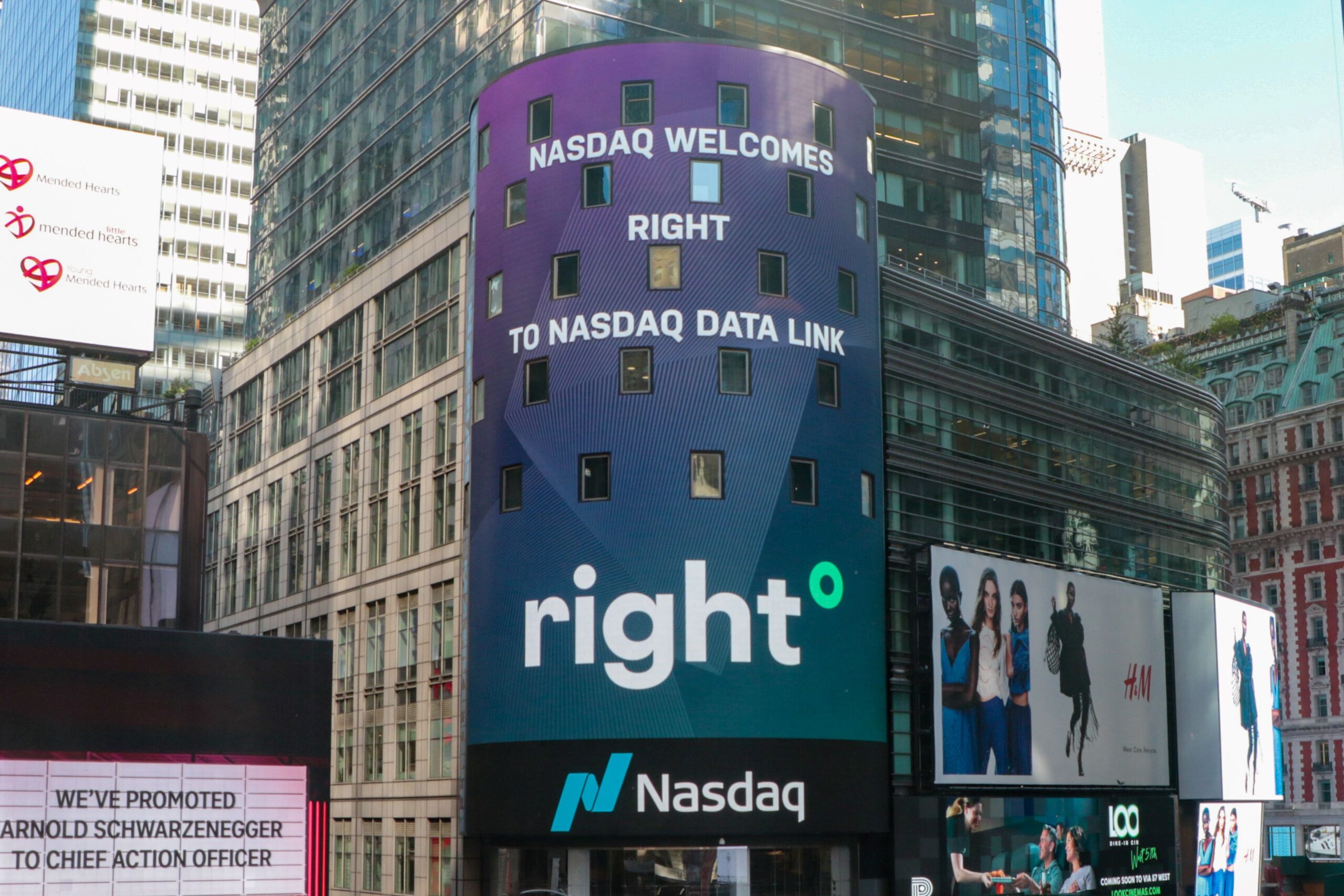- right. based on science makes basic functions of XDC Portfolio Explorer available for free
- Software provides forward-looking information on climate impact of equity portfolios in °C
- Alignment metrics on portfolio- as well as equity-level enable steering along climate KPIs
Frankfurt, Germany, July 8, 2021 – After first launching XDC Portfolio Explorer in December 2020, TCFD-recognized right. based on science (right.) is now providing access to the basic functions of the software for free, making it one of only three tools for so-called ‘Portfolio Alignment’ that are freely accessible. “Our aim is to make it easier for financial actors to understand and manage the climate impact of their investments. While decarbonisation can only be implemented by companies, the capital market has a decisive role to play in providing the necessary financing to make it possible“, says Sebastian Müller, co-founder of right.
Founded in Frankfurt, Germany, in 2016, right. developed the X-Degree Compatibility (XDC) Model to calculate an economic entity’s contribution to global warming and express it as a simple and tangible °C value. This could be a company, a country, a building, or an investment portfolio. The XDC Model is the methodological core of the XDC Portfolio Explorer, a browser-based software which provides investment professionals with immediate insight into the overall climate impact of an equity portfolio as well as granular data for each single security. It also allows users to explore how rebalancing would affect their portfolio alignment, making it easy to integrate climate data into investment processes. “By providing temperature alignment data for each security in a portfolio, we are enabling managers to move beyond a simple snapshot to actively reducing their investments’ climate impact – and with it, their exposure to climate risks“, says Müller.
More about XDC Portfolio Explorer & the XDC Model:
Forward-looking until 2050: XDC calculations use scenario analysis to project developments until 2050. As a starting point, a bottom-up analysis determines how much global warming would occur if the entire world operated as the company (at equity-level) or portfolio in a ‘current trends continue’ scenario from a base year until 2050. The more value creation is decoupled from emissions in this timeframe, the lower the temperature.
Sector-specific targets: To determine alignment to either a 2°C or ‘below 2°C’ benchmark, the company or portfolio temperature is compared to sector-specific temperature benchmarks. These are derived from mitigation scenarios by e.g. the International Energy Agency (IEA 2DS and B2DS), where the emission budget to keep global warming to below 2°C is allocated among sectors. The XDC Model ‘translates’ this allocation to °C values. Sector-specific benchmarking allows investment managers to identify the best-in-class climate performers from a wide range of 80+ sectors (NACE classification).
Bridging the gap: The XDC Model was first developed for and with the real economy. It is used by companies themselves to evaluate and further develop their climate strategies, fulfil reporting requirements (e.g. TCFD, CSR Directive) and integrate climate impact considerations in business decisions along the entire value chain. The flexible, bottom-up approach and uniquely economic logic sets the XDC Model apart from more static ratings or scores, making it especially suitable for steering in both business and finance. As such, it provides one shared language for investors, banks, and businesses to collaborate on the transition to a more climate-friendly economy.
Next steps
right. is further developing the software to include information on corporate climate strategies. Software users will then be able to identify transition companies which, while not yet aligned to a ‘below 2°C’ future, have set effective targets which would put the company on track to alignment.







